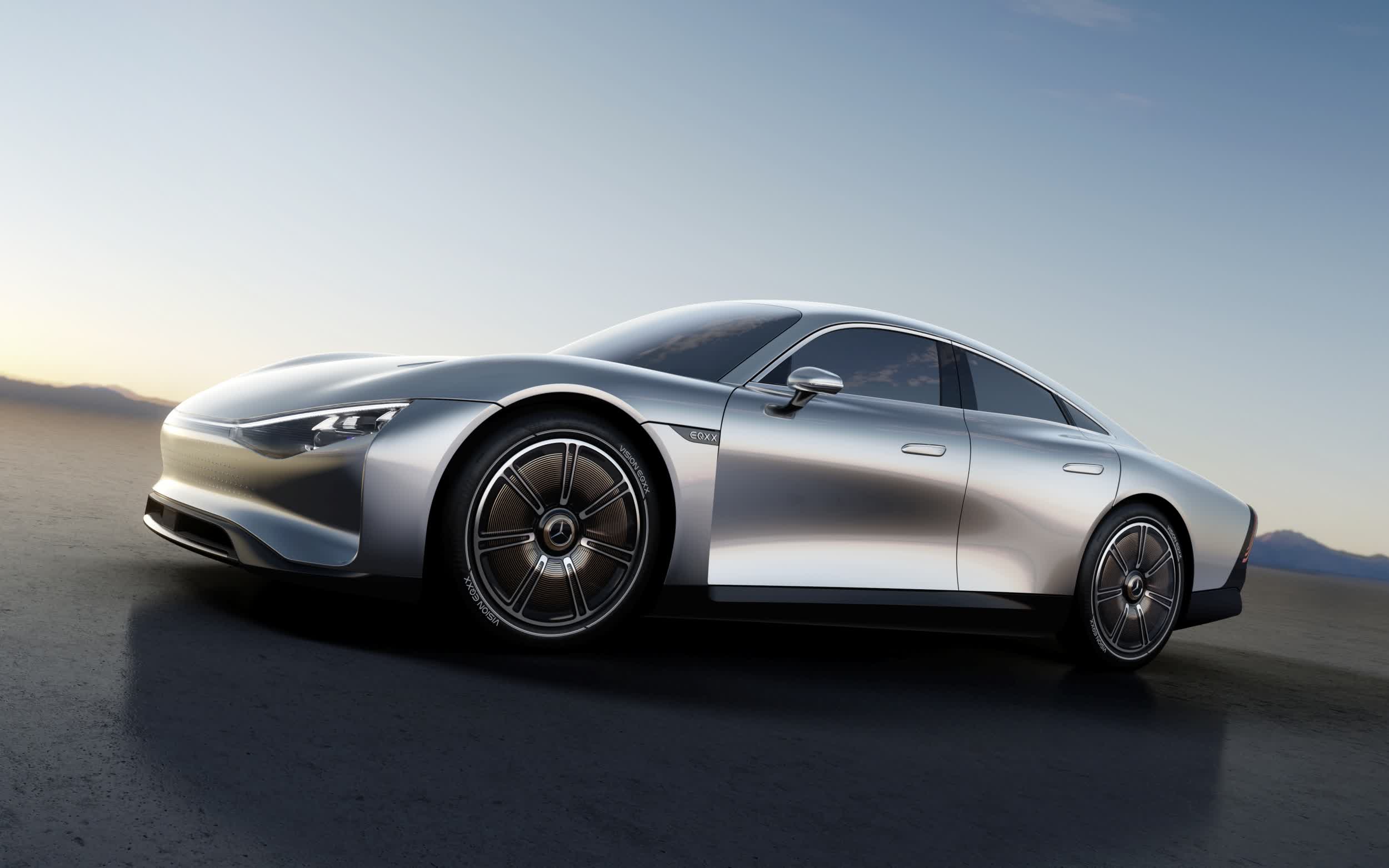Good god man. This is simple, like freshman year physics, or even high school physics, but you are in, what?, finance, securities, or at least claim to be?? And you are trying to tell me that your driving experience is more accurate than the proven equations of physics? I'd expect that from someone posting to a "Q" board, but not TS.
Did you even read the link I posted? So you get in your Tesla and step on the accelerator, and because it rockets you to some insane speed in a few seconds, has Musky somehow convinced you that his EVs have found a way around the laws of physics?

Earth to
@QuantumPhysics Musky, nor anyone else, for that matter, has not figured out a way to circumvent the laws of physics, not yet anyway.
Why don't I want to have a regular conversation with you?? Because you rely on your subjective opinion, that's why, not proven science. In fact, I've seen other instances where what you have spouted is simply not at all consistent with science - I.e., the way things work in the real world.
Just in case you are actually interested in learning:
Work = Force * Distance which means that the work expended, (which can easily be converted to well-known units such as Watts I.e., Volts times Amperes) is directly proportional to the Force required and the
Force is directly proportional to the Mass of an object times the Acceleration - meaning the more MASS that an object has, the more force is required to move it, thus the more work is expended in moving it.
Since it is a direct proportionality, if you halve the weight of the vehicle, you reduce the force required, and thus the work expended in moving the vehicle by two. Thus, for the same size battery pack, or for the same size gas tank on the same vehicle, you save enough energy expended, I.e.., WORK, to go twice as far by halving the MASS, I.e., WEIGHT of the vehicle.
Thus, if you replace all that steel in your Tesla, which likely weighs at least as much as the battery pack, with carbon fiber or a well-constructed carbon fiber or glass fiber composite material, and it halves the weight of your Tesla, or ANY vehicle powered by any source, all of a sudden, your vehicle goes approximately twice as far as it did when it had all that steel in it.
And if you read a much more detailed article on this
Mercedes Concept Car barely described in this article, you will find that what Mercedes is doing is using "novel" materials - to me that means "composite" materials to reduce the net weight of the vehicle enough so that it is capable of this 620 Mile range.
It has nothing to do with, subjectively, how fast the car does 0-60, the number of 3090s you have in your PC, or the size of your bank account, and everything to do with science, real-world simple Newtonian physics, I.e., not quantum physics, materials, and material science.
And the same principles would apply regardless of whether it is powered by an ICE or is an EV.
As I stated, if automobile manufacturers had adopted a similar approach for vehicles powered by an ICE, extended, perhaps greatly extended range on the same amount of gas would have resulted, and perhaps all auto manufacturers would not be scrambling to reduce pollution. But, at the time, all automobile manufacturers were likely only interested in the overall cost of the vehicle - not the health of the environment.
Now Mercedes comes along and "discovers" Newtonian physics and, like Musky, claims they have discovered the fountain of youth.

Yep, the free market economy is always right.

EDIT: And note a bit of an objective, science based side-bar here, the more acceleration,
which is related to Torque, the more energy is expended in moving the same mass. I.e., all that torque in a Tesla expends a significant amount of energy, in a much shorter time meaning it does more work, to move the same mass as an engine with a lower torque. Thus, it, in some respects, is self-defeating because it does more work, and in doing more work, it expends more energy doing that work.




